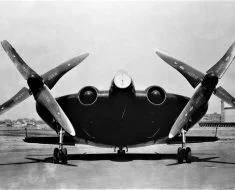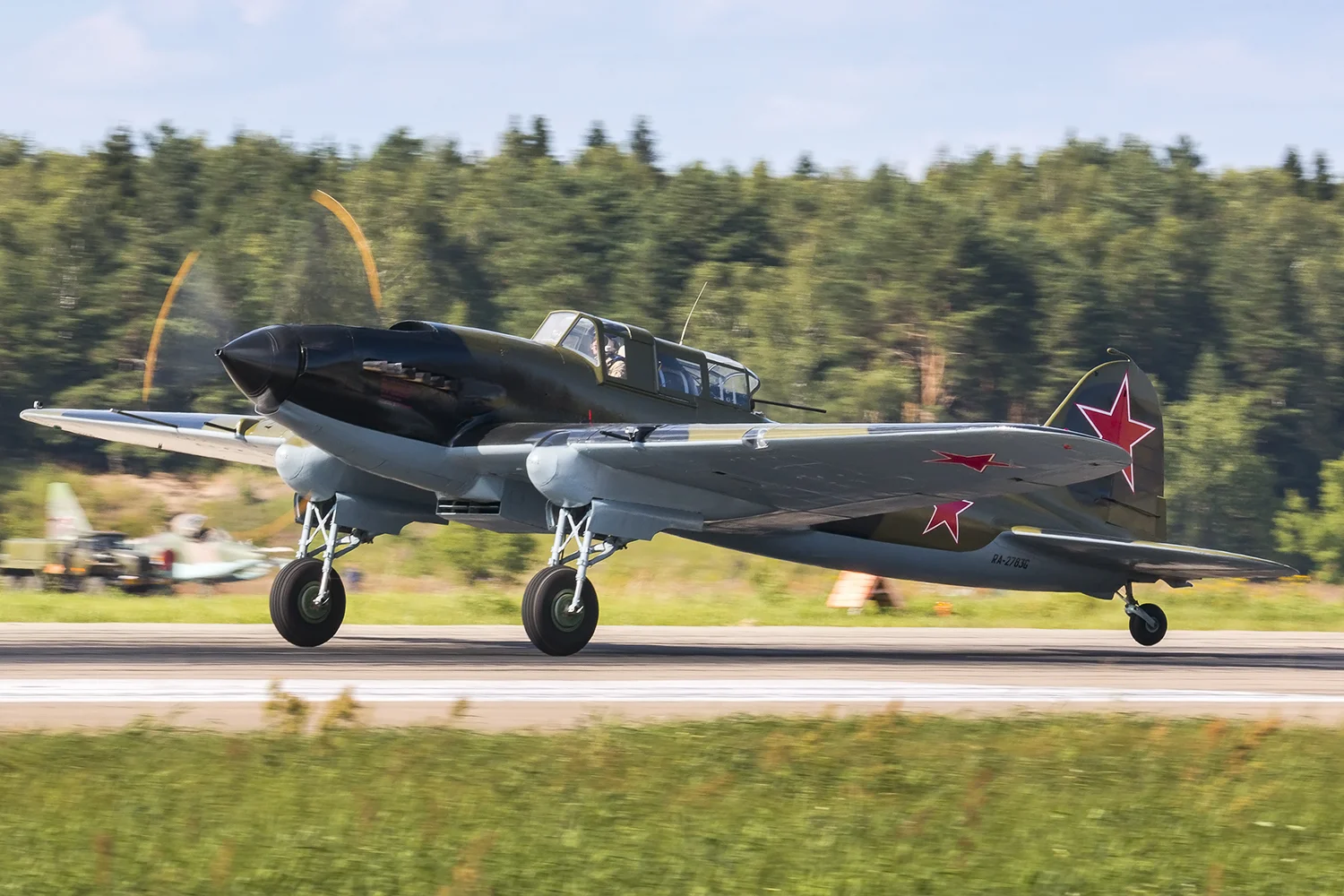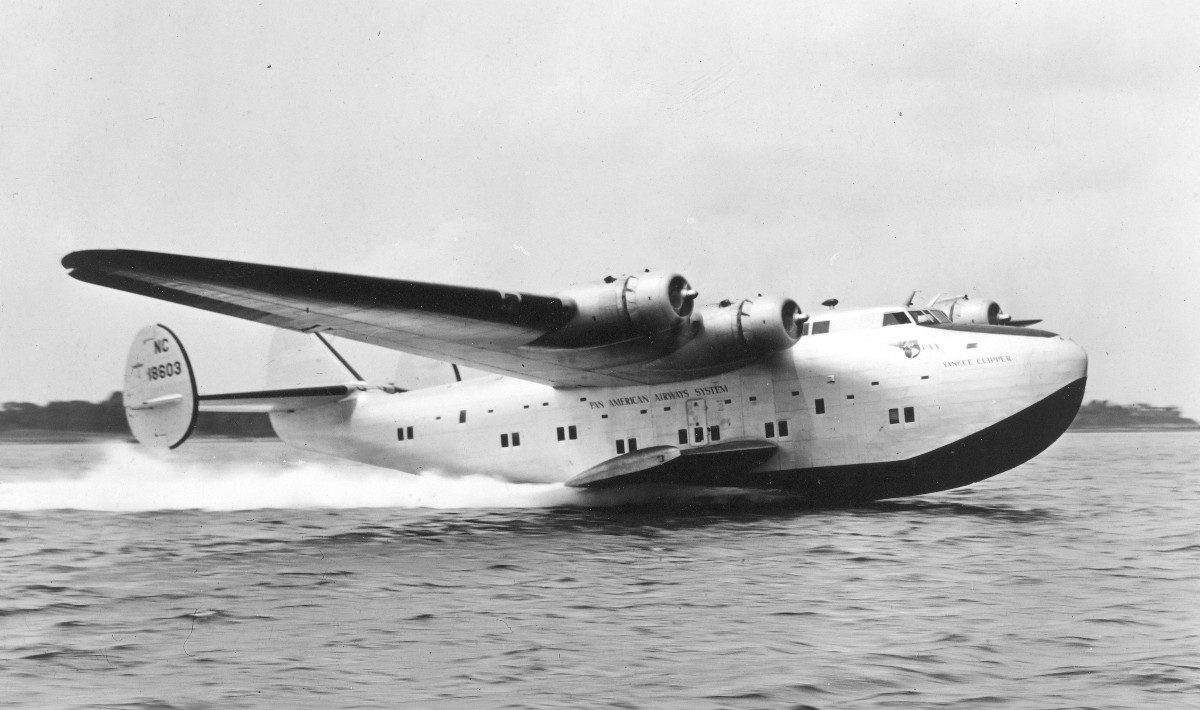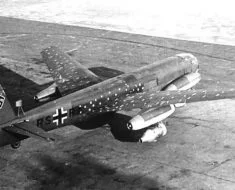The Second World War went down as the deadliest war in the history of mankind. This war hosted colossal battles on land, sea, and air, where the Hurricane made its mark.
Developed a few years before the start of the war, Hawker’s design offered a deadly monoplane with a retractable undercarriage. However, the main advantage was its simplicity, which made it easy to conduct maintenance and repairs even in the field.
Taking into consideration its advantages, the Hurricane was mass-produced during the war in factories all over Britain, peaking at above 14,000 planes. It participated in almost all major battles in Europe and Africa, while it also saw combat in the Pacific, recording several victories.

Contents
Development of the Hurrricane
The development of Hawker Hurricane aircraft began in the early 30s, within the Hawker Aircraft Company. The company had already produced the Fury and Demon planes which were an integral part of the Royal Air Force squadrons.
In 1934, the opportunity to develop a new fighter for the RAF was presented by the British Air Ministry, which issued a set of specifications “F.5/34” for companies to apply. The Hawker Company and its major aircraft designer Sydney Camm was thrilled to present their innovative design, which differed from the traditional British fighters.
Read More: Focke-Wulf Fw-190 – The Butcher Bird
Camm’s designs included a monoplane configuration with a retractable undercarriage in contrast to the existing biplane aircraft. The monoplane designs presented by Camm had previously been rejected by the Air Ministry (Hawker P.V.3).

However, the monoplane design with 4 machine guns, two of which were mounted on the wings, and powered by the new Rolls Royce Merlin engine with retractable undercarriage was favored by the Air Ministry.
By September 1934, the British Air Ministry order the production of Hurricane’s prototype. Two months later, the Ministry concluded that the plane should have no less than 8 machine guns, for which it issued a new set of specifications.
By that time the Hurricane prototype development had gone too far to integrate the new requirements. Nevertheless, these changes would be implemented during the production of different variants of Hurricanes.
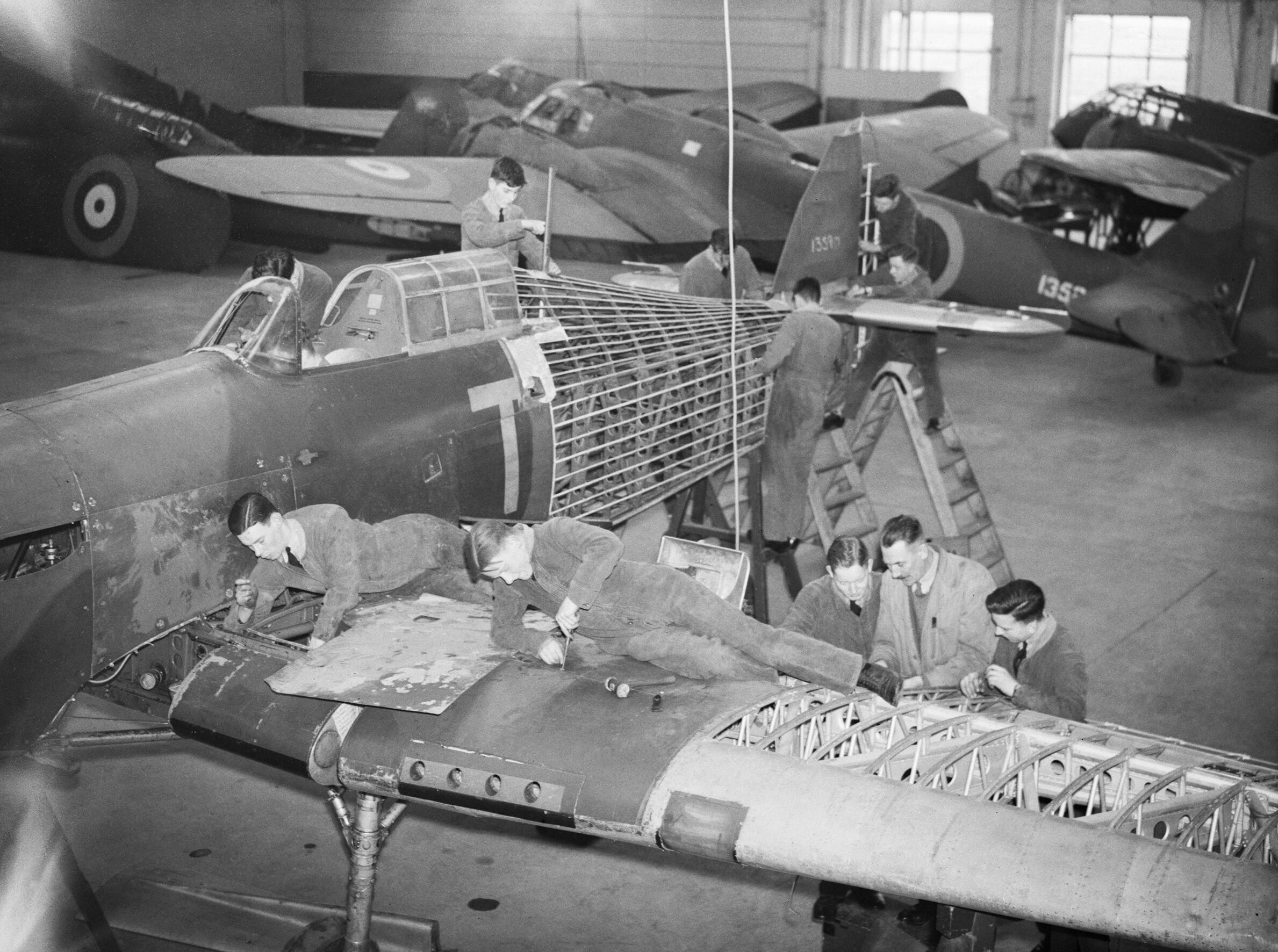
Hawker’s aircraft was completely built in Kingston upon Thames facility by August 1935. It proceeded to be tested in the following months and took to the air for testing in November 1935 (prototype name K5083).
The prototype managed to excel in all the tests reaching a maximum speed of 315mph (507km/h). It also was able to fly at an altitude of 16,200 feet (4,900 meters) and had a minimum stalling speed of 57 mph, which was achieved by using flaps installed by Hawker’s engineers.
Further testing of the aircraft revealed the Hurricane’s flaws. This aircraft was very hard to be recovered once it entered a spin. The Royal Aircraft Establishment managed to isolate the problem and come up with a solution, which could only be implemented after the first 60 aircraft had been produced.

The production of planes began in the summer of 1936, which also marks the time when the aircraft officially received the name “Hurricane”. At that time the British government was aware of the rising risk of an armed conflict in Europe, so it sought to manufacture as many aircraft as possible.
By the same time, Hurricane was receiving competition from the Supermarine Spitfire, which also encompassed a great set of capabilities. However, the simplicity of manufacturing the Hurricane and the considerably lower amount of man-hours needed to produce one convinced the Air Ministry to prioritize the procurement of Hurricanes over the Spitfire.
The Hawker company was contracted to produce 600 units of Hurricanes, which went on to receive several changes while in production. That included substituting the original Merlin engines with Merlin II engines.

On December 1937, four of these planes entered the RAF service. By the start of the Second World War, around 550 planes had been manufactured, while more than 3500 were ordered to be produced.
The production of Hurricanes was not exclusive to Britain; Canada began their licensed production in Canada Car and Foundry’s factories once the risk of a conflict in Europe became more prevalent in 1938.
After the emergence of the war, several other companies in Britain and a single Yugoslavian company were tasked with producing the Hurricane. The total tally of planes would reach 14,487 units.
The simple design of this aircraft made it very easy for the units to apply advanced maintenance in them. It was a monoplane with an enclosed cockpit.
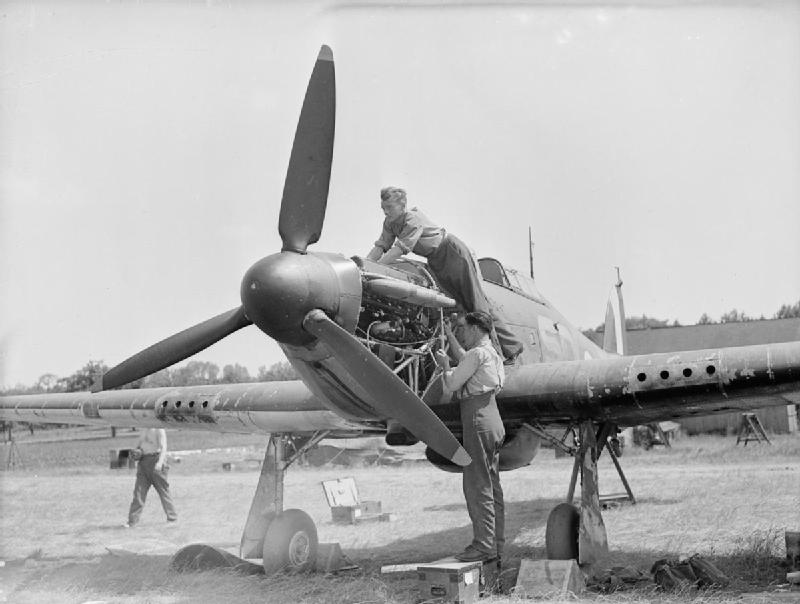
Hurricanes were built using several different materials including steel, duraluminium, wood, tungum alloy, fabric, etc. The aircraft was equipped with navigational lights, blind-flying equipment, landing lights, and two-way radios.
Its propellers changed throughout its production years from Watts wooden two-bladed fixed-patched propellers to de Havilland variable-pitch propellers and later to constant-speed Rotol propellers. Overall, the Hurricane was constantly introduced with upgrades, which made it a decisive factor in the air warfare of the Second World War.
Operational History
The Hawker Hurricane’s operational history began slightly before the Second World War. There were around 50 planes built before the war, which exceeded the ability of the Royal Air Force to accommodate them within its squadrons.

That is why the Air Ministry released export permits to countries that opposed Nazi Germany and even sold the production license to the Royal Kingdom of Yugoslavia.
The first combat engagements for the Hurricane came during the Phoney War period of the Second World War. The British Air Force had sent 4 squadrons of Hurricanes to France to help them defend against Nazi Germany.
However, the first engagement did not come from either of those squadrons. Rather, there were 6 Hurricanes of the 46th Squadron operating from the British Isles that intercepted and shot down 5 enemy aircraft (Heinkel He115) on October 21, 1939, over the North Sea.

More than a week later, on October 30th, British Pilot Officer “Boy” Mould of the No. 1 squadron shot down a German Dornier Do 17P over the territory of France. Almost two months later, on December 22, the Hurricanes suffered their first loss, when 3 planes were shot down by 4 German Bf 109Es led by the German ace Captain Werner Mölders.
During the Battle of France between 10 and 21 May 1940, Hurricanes played the most important role in the air domain, engaging and defending against German fighters. Before the start of the battle, Britain reinforced its 4 Hurricane squadrons with an additional 3 squadrons (No.3, 79, and 504), bringing the total number to 7 squadrons of 10 requested by France.
Read More: Messerschmitt Bf 109 – The Best Fighter Ever Built?
On May 13, Britain satisfied France’s request by sending another 32 planes. The first day of the battle was very promising for the British pilots, who managed to take down 42 German aircraft with only 7 Hurricanes lost.

However, as the battle went on, German Messerschmitts (Bf 109 and 110) proved to be lethal against RAF’s Hurricanes. By the end of the first week of the battle, only 3 out of the 10 squadrons sent by RAF, were operational despite them shooting down twice the amount of German aircraft.
On May 20, upon receiving heavy losses, Hurricane units were ordered to return to Britain. These squadrons were attributed with shooting down 499 German aircraft with 123 additional probable kills. German records admit only 299 of their planes were killed and 65 damaged by RAF squadrons. In total 452 Hurricanes participated in the Battle of France.
Following the Battle of France, these planes were immediately engaged in Operation Dynamo, which sought to evacuate the Allied Forces personnel from Dunkirk following the battle there. 14 units of Hurricanes were tasked to guard the air, tallying 108 victories over German aircraft in a little more than a week.

Only 25 pilot losses were reported from the RAF side. However, it was during this operation that the Hurricane receive a number of upgrades and improvements, including the supercharger boost that provided an additional push of 250hp to the aircraft.
This translated to 40-65km/h more in speed. Moreover, the faulty de-Havilland propellers were replaced with Rotol propellers, significantly improving the performance of the planes.
Following the fall of France to Germany in June 1940, the focus of the Hurricanes shifted to defending the British Isles from the German Blitzkrieg. The Battle of Britain officially started on July 10, however, the first shots were recorded on August 8 from a Hurricane (Squadron No. 145).
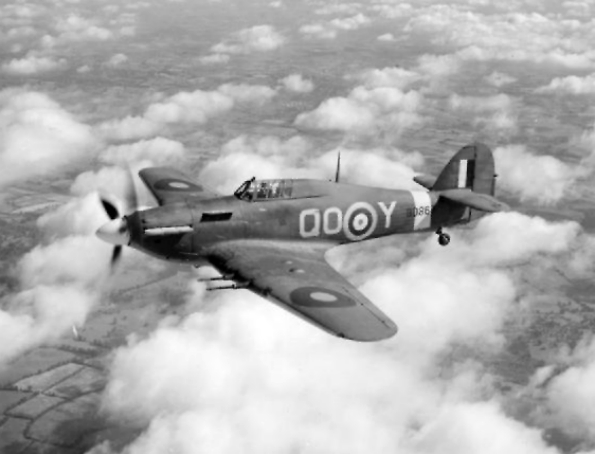
The roles during the aerial battle were divided between the Spitfire and Hurricane. The Spitfire was responsible for defending against German fighters while the Hurricane went after German bombers.
Nevertheless, Hawker’s planes were attributed with 55% of all German losses (2,739 aircraft), as opposed to Spitfire’s 42%. Though the Spitfire was considered a better fighter, Hawker’s aircraft was just as good as the Spitfire and German Messerschmitt in dogfights.
The Hurricane was exceptional during the night operation as well. Records show that there are a couple of British pilots who used the Hurricane as a night intruder and shot down more than 14 planes each during 1941-42.
Hawker went further to produce a night fighter Hurricane version for night operations. In total 12 such aircraft were manufactured.

Hurricanes also participated in fronts other than the Western Front. Its squadrons participated in several engagements in North Africa against Italian aircraft.
As a fighter aircraft, they faced difficulties against the Italian Macchi C.202 Folgore and German Messerschmitt. However, the bomber variant, the “Hurribombers”, proved effective against Italian targets in Africa. In addition, they were a worthy asset in their role as air support to ground troops, destroying many of the enemy’s tanks and armaments.
One of the most impressive performances of the Hurricanes was during the defense of Malta. In 1940, after Italy entered the war and committed to occupy Malta, only three Gladiator aircraft defended Malta.
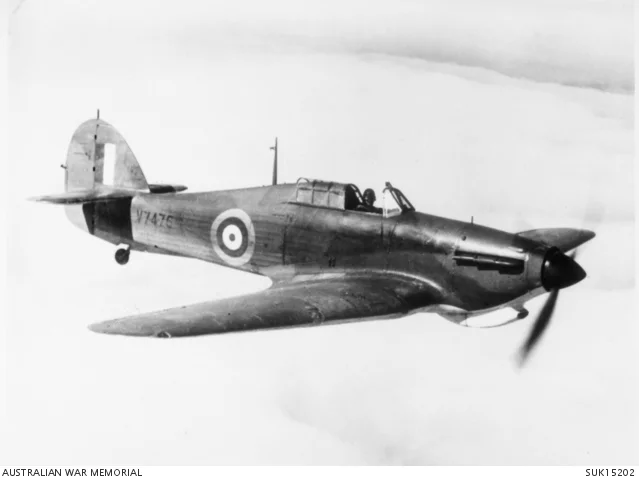
However, 4 Hurricanes joined Malta’s air defense and managed to fight off 200 enemy aircraft. Further reinforcements from the RAF joined Malta’s air defense, while German Junkers Ju 87 reinforced the Italian side.
The fighting intensified during the following years, with the Hurricanes defending strongly. Even after Spitfires reinforced the Maltese defense, it was the Hurricanes that did the major part of the defense and prevented Malta from falling to Italian and German rule.
On the Eastern Front, Hawker’s fighter was very present within the Soviet Union Air Defense. There were almost 3,000 Hurricanes in the service of the Soviet Union, however, the Soviet pilots had mixed reviews about their performance.
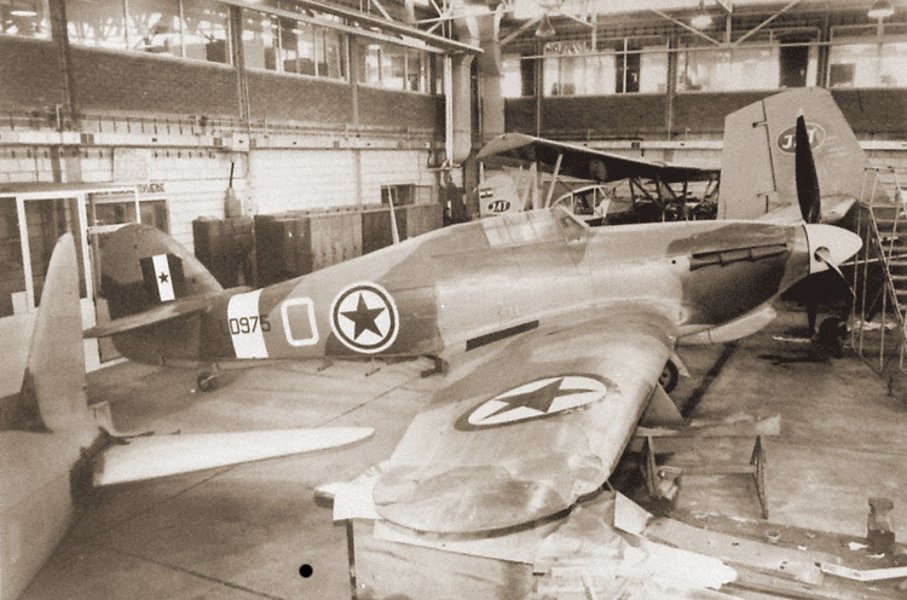
Numerous pilots considered it to be inferior to German and Soviet planes. Nevertheless, this fighter was utilized in the battle against German aircraft. Surprisingly, the Hurricanes were used by the Finnish Air Force as well, in their war against the Soviet Union, where they achieved several victories.
Further East, after Japan joined Germany in the war, Britain sent its first batch of Hurricanes to Singapore to fight against Japan.
More planes were sent to the Pacific Theater, in Sumatra. However, the massive number of Japanese planes consisting mainly of Mitsubishi A6M Zero and Nakajima B5N, made it impossible to halt the Japanese offensive in the Pacific.

They provided a first-line defense in Singapore, then Sumatra and Java, and then Colombo and Trincomalee (Sri Lanka), but suffered heavy losses.
Hawker’s fighter was also used by the Royal Navy as part of the Fleet Air Arm. This variant, which was introduced in 1941, was called Sea Hurricane. It was distinguished for its impressive kill-to-loss ratio.
In total there were 14,583 Hurricanes built in 25 variants for over 20 different countries, both part of the Allies and the Axis. Its contribution during the Second World War is highly praised by both sides.

Retirement
By the end of the Second World War, Hurricanes usage went down. After the war, Hurricanes were substituted with new-generation aircraft. Today there are only 16 Hurricanes that are air-worthy, of which 3 are Sea Hurricanes.
Read More: Me 262 Schwalbe – Troubled Development
Even though Hurricanes were not as well preserved as the Spitfire, you can find them in numerous countries’ museums such as Australia, Belgium, Czech Republic, Canada, France, Finland, India, Malta, Russia, Serbia, South Africa, the UK, and the US. Sea Hurricanes can be found in Germany, the UK, and the US.
If you like this article, then please follow us on Facebook and Instagram.
Specifications
- Crew: One
- Length: 32 ft 3 in (9.83 m)
- Wingspan: 40 ft 0 in (12.19 m)
- Height: 13 ft 1.5 in (4.001 m)
- Empty weight: 5,745 lb (2,606 kg)
- Max takeoff weight: 8,710 lb (3,951 kg)
- Powerplant: 1 × Rolls-Royce Merlin XX V-12 liquid-cooled piston engine, 1,185 hp (884 kW) at 21,000 ft (6,400 m)
- Maximum speed: 340 mph (550 km/h, 300 kn) at 21,000 ft (6,400 m)
- Range: 600 mi (970 km, 520 nmi)
- Service ceiling: 36,000 ft (11,000 m)
- Rate of climb: 2,780 ft/min (14.1 m/s)



